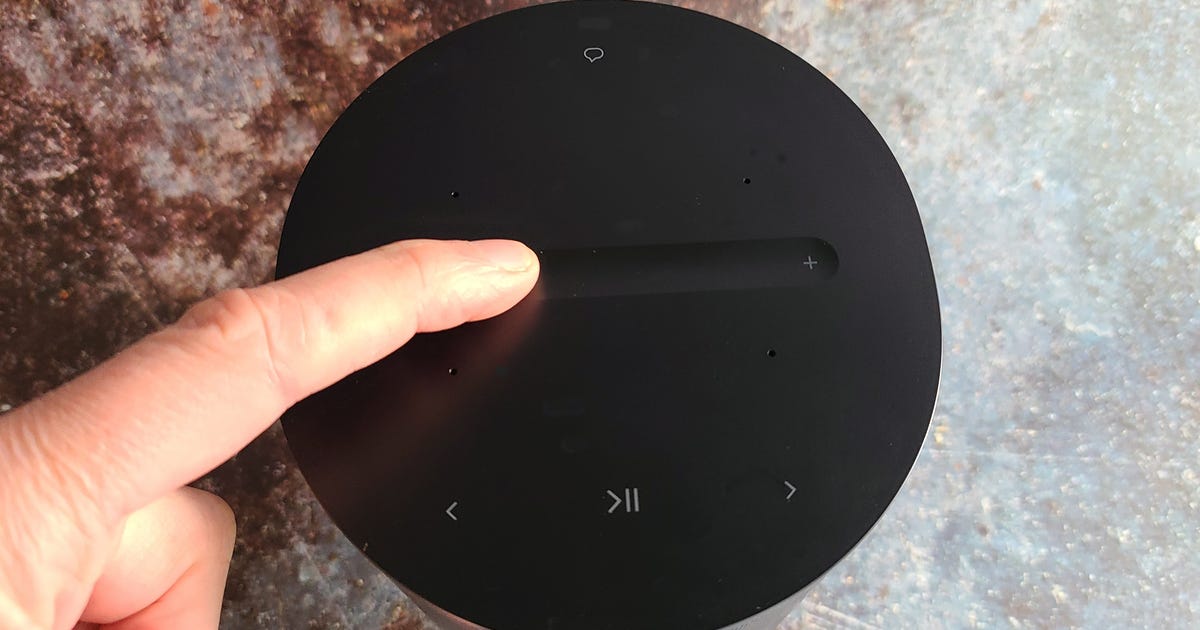By the end of July, Sony will have its two new 4K Ultra HD TVs on the market, with more manufacturers to follow.

(Credit: Sony)
LG is kicking off the advertising campaign for its Ultra HD range from mid-July, and Hisense will follow later in the year. And just overnight, Samsung revealed its F9000 series of UHD TVs.
This means that Australians will soon have Ultra HD TV options from 55 inches and up, with an entry-level price of currently AU$5999. (We would expect the Hisense to be cheaper when pricing is announced for its range.)
This is a far cry from the earlier options, which range from 84 to 85 inches in size, and started at around AU$16,000 before heading right up to AU$40,000.
But is the Australian market ready for Ultra HD at all, no matter what the price or size?
We’veharped on about this before, but the problem remains the content. While Sony may have its 4K player on the market in the US, there are just 10 movies preloaded, with a digital delivery service — Video Unlimited 4K — “on the way”. Oh, and the FMP-X1, as it’s known, only works for Sony 4K TVs.
Sony has also kicked off the more-than-slightly-confusing “mastered in 4K” range of Blu-ray movies. These aren’t actually 4K movies at all, but do have some special mastering techniques that give them an edge when viewed on a Sony 4K TV. (Read a more detailed look at this technology here.)


Therefore, in the nigh absence of native 4K media, the focus becomes the upscaling technology. Sony claims that its upscaling technology is second to none at “analysing and refining images with beautifully natural detail”.
LG, of course, claims exactly the same thing from its “Tru-Ultra HD Engine”, saying it “upscales the picture through a four-step data analysis that enhances the details of all broadcasts”.
And Samsung has its “Quadmatic Picture Engine, a four-step process including signal analysis, noise minimisation, UHD upscaling and detail enhancement to seamlessly upconvert SD, HD or full HD content to UHD-level picture quality”.
We assume that other manufacturers will have similar opinions on their own upscaling technologies. Until we start getting these TVs into the labs and doing independent comparative tests, these claims will remain just that: claims.
Media produced in Ultra HD looks amazing on Ultra HD TVs — that’s not really a matter for debate. But without a clear line of 4K media delivery in Australia, and without any commitment to 4K broadcasts from OTA or even subscription TV providers, 4K Ultra HD faces a hard slog in Australia.
We’ll have our first unit — one of the new Sony 55-inch Bravia 4K range — in for testing next week, and we’re definitely looking forward to playing with it. As the other manufacturers follow, we’ll build out a solid cross-section of how the differing TVs perform.
So we’re excited for 4K from a technology enthusiast’s position. But are you excited from a consumer point of view?
If you’re planning on buying an Ultra HD TV, what appeals about the technology? If you’re not keen, what would be the tipping point? Does the cost need to fall even lower, or is it all about the media?
Let us know in the comments below.




